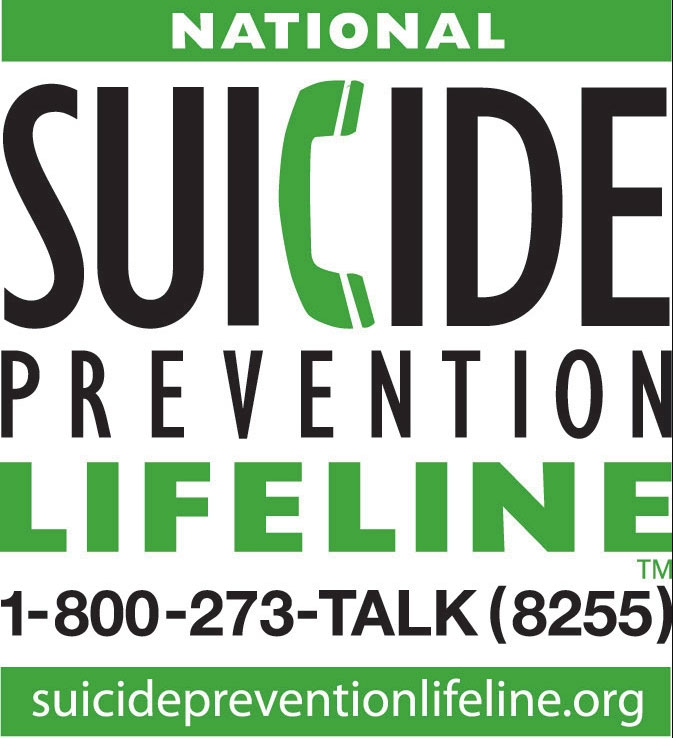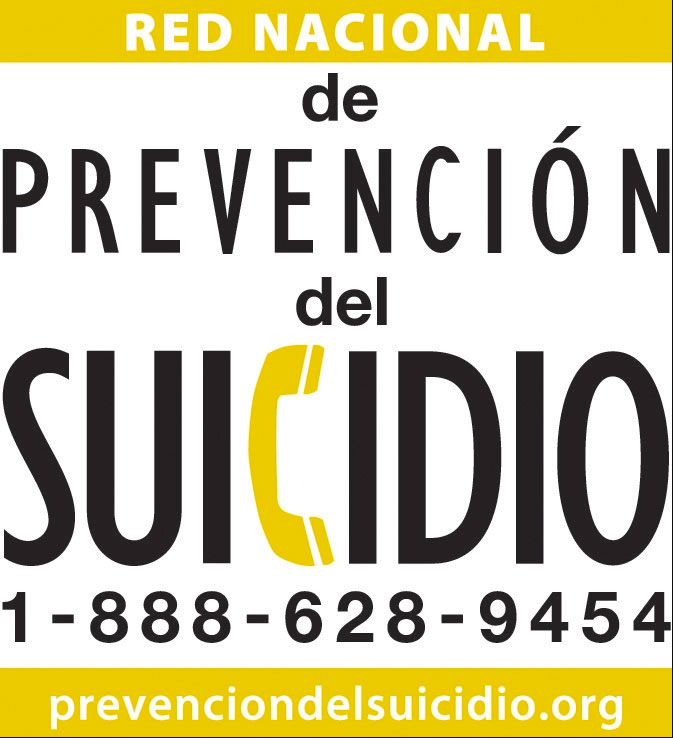Teens
According to the National Alliance of Mental Illness, 1 in 6 young people aged 6-17 experience a mental health disorder each year. Common mental health disorders for teens include anxiety disorders, depression, attention deficit-hyperactivity disorder and eating disorders. Symptoms of mental health disorders can vary from person to person.
Listed below are common warning signs for teens:
- Feeling sad for more than 2 weeks
- Sudden, overwhelming fear for no reason
- Risk taking behavior
- Trying to harm or kill oneself or making plan to do so
- Believing, seeing and hearing things that are not real
- Extreme difficulty concentrating
- Reoccurring use of alcohol or drugs
- Throwing up, not eating, using laxatives to lose weight, weight loss
- Strong fears or worries that prevent daily activities
Mental Health Resources for Teens
Getting the Right Start – Student Guide to Mental Health
Teens and Social Media
Have you ever checked to see how much time you are spending on social media? On average, people spend 144 minutes every day on social media. Social media can be beneficial for maintaining friendships, developing self-identity and sharing knowledge. However, it also contains downsides such as cyberbullying and a decline in mental health well-being.
What do you do if you encounter cyberbullying? According to www.cybersmile.org, there are steps you can take to protect yourself.
- First, do not retaliate – resist the urge to post or respond. Instead, report, block, mute or filter abusive users.
- Next, tell someone you trust. Social media platforms have security and privacy settings to keep you safe. And if you see a friend being bullied, say something to them. Let them know they are not alone.
- Finally, if the problems persist, legal action may be necessary. Contact your local law enforcement for more information on the cyberbullying laws where you live.
Teens and Bullying
Teenagers face many difficulties in their lifetime and bullying is often one of them. According to www.stopbullying.gov, bullying is unwanted, aggressive behavior that involves a real or perceived power imbalance.
There are 3 types of bullying: verbal, social and physical. Examples of verbal bullying are name calling, threats of harm, gossip and put downs. Social bullying may consist of socially isolating someone on purpose or embarrassing someone in public. Physical bullying involves hurting a person or their possessions.
But what if you are being bullied - what can you do? First, tell the other person to stop, walk away and get an adult. Bullies want to see you react, but not reacting this takes the power away from them. Remember, being bullied is never your fault.
Parents, how do you know if your child is being bullied? According to www.stopbullying.gov, changes in your child’s behavior may be the first clue. Common signs are:
- Changes in eating habits
- Difficulty sleeping
- Changes in grades
- Sudden loss of friends or avoidance of social settings
- Decreased self-esteem
- Unexplainable injuries
- Self-destructive behaviors
Resources
Online Help Chat Line
Are You Being Bullied? How to Deal with Bullies
Help Prevent Bulling with the Know Bullying App
What to Do if You’ve Been Bullied
Teasing and Bullying Are Different
Teens and Suicide
When people have symptoms of anxiety and depression, it can sometimes lead to suicidal thoughts or thoughts of self-harm?
Have you ever had a friend tell you about their suicidal thoughts, but you didn’t know how to respond? Here are 5 steps to help you communicate with friends who may be suicidal:
Step 1: ASK
Ask the question, “Are you thinking about suicide?” in a non-judgmental way, and then listen to their response with an open mind. Asking your friend directly about suicide does not increase suicide or suicidal thoughts. You can also ask them for their reasons for living and how can you help.
Step 2: KEEP THEM SAFE
Keeping them safe is the next priority. Ask questions about their specific suicide plan and timing of their plan. Ask if they have access to their planned suicide method. Reducing your friend’s access to weapons or other methods can help prevent them from attempting suicide.
Step 3: BE THERE
Being there shows that you support your friend in the time they need you most. Being physically present and/or talking to them on the phone shows support. According to the CDC.gov, showing support increases connectedness to others and limits isolation, which is a protective factor against suicide.
Step 4: HELP THEM CONNECT
Helping a friend connect is an important task. You can connect them to a trusted adult for help or reach out to the suicide prevention lifeline (800-273-8255).
Step 5: FOLLOW UP
Following up with your friend during their difficult time can continue to create feelings of connectedness and establish ongoing support. Even a simple, supportive text can help reduce the risk of suicide.
Resources
- #Bethe1Tobethe1to
- How the 5 Steps Can Help
- Teen Talk: Call 800-852-8336 or text “TEEN” to 839863 or visit https://teenlineonline.org/
- Online Help Chat Line
- Crisis Text Line: Text “CONNECT” to 741741
- Trevor Life Line for LGBTQ Youth: Text “START” to 678678 or call 1-866-488-7386



